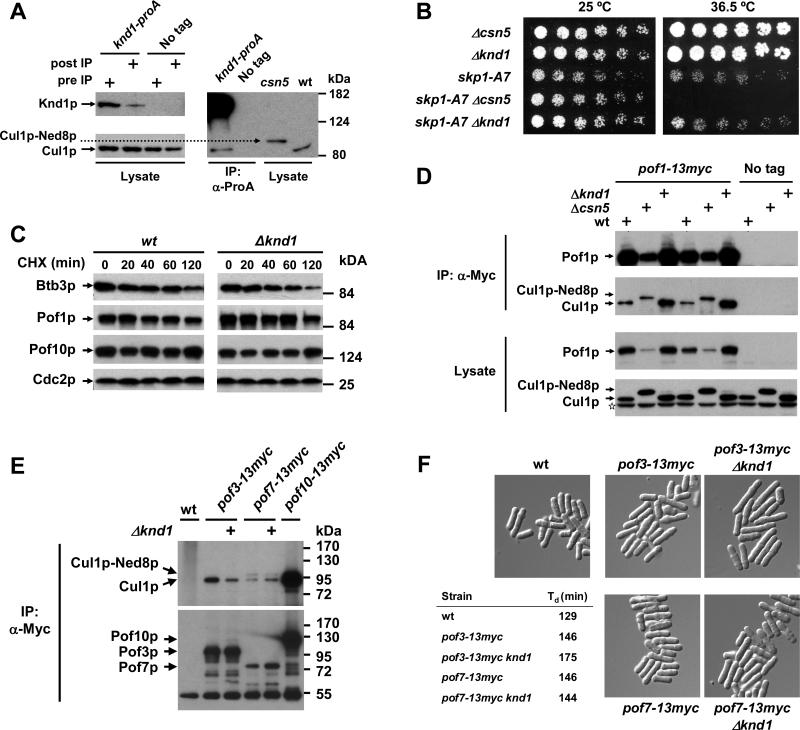Fig. 6. CAND1/Knd1p does not maintain FBP stability but regulates cellular CRL composition.
(A) Lysate from a strain expressing Knd1p modified with a single N-terminal protein A tag at the endogenous genomic locus was absorbed to IgG beads, followed by immunoblotting with Cul1p sera. Total cell lysates before and after chromatography on IgG resin are shown on the left to indicate the extent of the Knd1p-Cul1p interaction.
(B) Genetic interactions of knd1 and csn5 with the temperature-sensitive allele skp1-A7. Serial dilutions of the indicated strains were spotted onto YES plates and incubated at the indicated temperatures. Whereas csn5 shows synthetic interaction with skp1-A7, knd1 does not.
(C) The stability of Pof1p-Myc, Pof10p-Myc, and Btb3p-proA in knd1 mutants was determined by CHX chase. Cdc2p is shown for reference.
(D) Binding of Pof1p to Cul1p in csn5 and knd1 mutants. Lysates from csn5 or knd1 mutant cells harbouring endogenously Myc-tagged Pof1p were immunoprecipitated with Myc antibodies followed by immunoblotting with Cul1l antibodies. Duplicate experiments are shown. Csn5 and knd1 mutants not containing Pof1p-Myc are shown as negative controls. The asterisk in the Cul1p blot denotes an unspecific band.
(E) Binding of Pof3p and Pof7p to Cul1p in knd1 mutants. The experiment was performed as described in (D). Pof10p was included as reference for an abundant FBP.
(F) Cell elongation phenotype of pof3-13myc knd1 cells. The indicated strains were grown in liquid YES, fixed with formaldehyde, and visualized by digital interference contrast microscopy. The table shows the doubling times (Td) determined in mid log phase.

